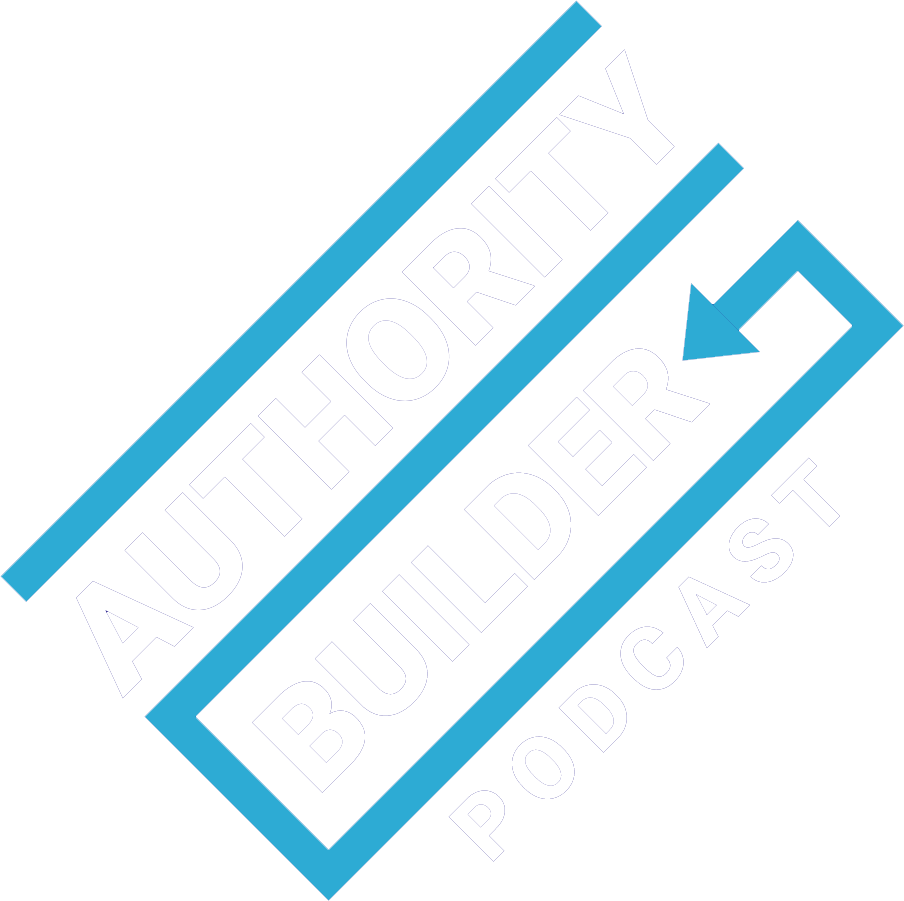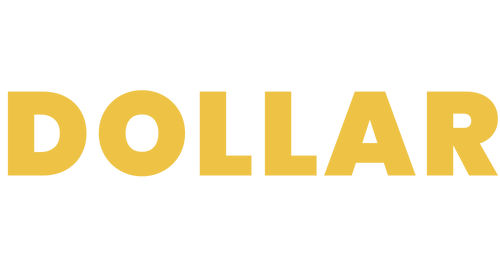Even in the Internet era, an in-person sales presentation can be a very effective way for certain businesses to market their products or services. This week’s guest, Joel Erway, Chief Strategist for the Webinar Agency, has found a way to blend these direct sales methods with digital marketing strategies to create a blockbuster selling tool. He does it with webinars – but unlike any you’ve seen before. In the process, he’s helped his clients increase revenues in a big way. One went from one sale a week to 14 – a 1,300% boost!
In this episode, Joel reveals what makes his “next generation” webinars – and entire marketing strategy – different… and so powerful. If you’re a professional service provider, this is worth a listen.
Tune in now and you’ll learn…
- Where most online sales presentations fail… and what to do about it
- Techniques for appealing to the most skeptical buyers
- A strategy to bridge the gap between digital marketing and live sales
- Ways to avoid getting tripped up on metrics that don’t matter
- How to draw on past skills to fuel success now
Mentioned in the show
- Joel Erway
- Webinar Agency
- Mitch Russo
- Breakthrough Advertising
- Sold With Webinars
- SoldWithWebinars.com
- WebinarAgency.com


